
The Netherlands is a country known for pancakes, stroopwafels, and poffertjes. It’s most definitely a country with a sweet tooth. Visit a Dutch supermarket and you’ll see that the shelves are stacked with sweets and candy. These treats are not only delicious, they play a large role in Dutch tradition and heritage.
If you want to know your way around a Dutch candy store or remind yourself of the sweets you grew up eating, keep reading. Together with the Dutch Expat Shop, we have made a complete guide to candy and sweets from the Netherlands – or snoepjes, as they are called in Dutch.
Dutch Traditional Candies & Sweets
Dutch Liquorice:
Dutch liquorice, otherwise known as drop, is one of the staples of a Dutch diet. The Dutch are completely obsessed with drop and can be seen sucking and chewing it at all times of the day.
The Netherlands is by far and away the country that consumes the most liquorice per year – coming in at about 2000 grams per year per person. While the Dutch love drop, many non-Dutch people hate it. This is unsurprising because it has a strong, salty, and bitter flavor.

Drop was originally intended for medicinal purposes and is made by mixing juice from the root of the liquorice tree with lots of sugar and letting it harden. It started being eaten as sweets in the middle of the nineteenth century – and since then has become the favorite candy in the Netherlands.
You can now buy drop in hundreds of different shapes and flavors including drop-shaped cars, coins, and even herrings. You can get fruity drop, salmiac drop, honey drop, chocolate drop, sugared drop, salty drop, English liquorice (liquorice all sorts), and drop of any kind you can imagine.
Hopje:
A hopje, otherwise known as a Haagse Hopje, is a small round candy with a deep coffee and caramel flavor. The story behind these sweets is that one night the coffee-addicted Baron Hendrik Hop accidentally left his coffee (with sugar and cream) on the heater.

The next morning, when all the liquid evaporated, Baron Hendrik Hop tasted and loved the leftover mixture. So several years later, when his doctor finally banned him from drinking coffee, the Baron asked his downstairs neighbors, who were conveniently confectioners, to make the coffee mixture into a sweet. And that is how the Hopje was born.
Since then it has been exported all over the world, and become one of the country’s favorite candies.
Droste:
Droste is a Dutch chocolate company that has been making chocolate since 1863. They are known for making chocolate pastilles in various flavors, from salted caramel to mint crisp.

Droste prides itself on using a more traditional method to make their chocolate. Not only is all of their chocolate still made with pure cocoa butter, but they mix their ingredients at a much lower temperature than most other chocolate makers.
This allows the cocoa beans to keep much more of their strong aromas and flavors and creates the strong flavor characteristic of a Droste pastille.
Griotten:
Traditionally you would buy griotten from big glass jars at the pharmacy, but nowadays they are available in sweet shops on and offline. Griotten is one of the oldest types of liquorice available in the Netherlands.

It has a uniquely Dutch flavor and is often referred to as ‘brown sponge candy’. This name comes from the spongy texture these candies have. From the outside, they look like brown sugar cubes, but when you bite into them, they are chewy and spongey with a sweet, salty, salmiac, and aniseed flavor. They are coated with sugar to help balance the flavors and become the tasty, Dutch treat that ‘melts in your mouth.
Spekkies:
Spekkies is the Dutch word for marshmallows, a popular treat in the Netherlands. While these are not originally Dutch, they are a favorite for Dutch children (and adults too). In fact, the biggest marshmallow factory in Europe is located in Friesland and has existed for over 120 years supplying the country with marshmallows of all shapes and sizes.

These little pockets of air and sugar are sweet, fluffy, and soft. They are made with sugar and gelatine mixed with different flavors and air to make the delicious pillows of sugary goodness that we know and love. Spekkies taste best when cooked over a barbecue, slightly charred, with a drippy mess of melted sugar and softness on the inside.
Wilhelmina Pepermunt:
Nearly 130 years after they were first created the Wilhelmina Peppermint is still a family favorite in the Netherlands. These round peppermints have the face of Princess Wilhelmina, the first reigning queen of the Netherlands, and were created to celebrate her twelfth birthday. Nowadays they are still produced in the same town by the same creator.

Peppermint was, much like liquorice, originally used medicinally to help soothe stomachs. However, at the beginning of the twentieth century, this changed when mass marketing started warning people against having bad breath. Strong and sweet peppermints became a favorite sweet, because not only did they provide a tasty sugar rush, but they also made people’s breath smell much better.
Katja:
Katja is a very popular brand of sweets in the Netherlands and can be found in most supermarkets. They make soft, sweet, and chewy candy in all sorts of shapes and sizes. The most popular are their range of pig and monkey faces.

One of the things that makes Katja so popular is that as early as 2016 they stopped using gelatine in their candy. This means they sell exclusively vegetarian and vegan candy – what’s more, they were one of the first candy brands in the Netherlands to do so.
Seasonal Candy:
Many of the traditional Dutch holidays, such as Sinterklaas and Easter, are associated with their own specific candy and sweet treats.
Sinterklaas Candy:
Sinterklaas, which is often known as “Dutch Christmas”, cannot be celebrated without certain sweets. Around this time children put their shoes out for Sinterklaas to come by and give them gifts.

One of the traditional gifts to receive is chocolate in the shape of the first letter of your name. Chocolate letters come in all sorts of flavors, from simple milk, white or plain chocolate, to caramel sea salt and pretzel-flavored letters.
Another key treat associated with Sinterklaas is marzipan in various shapes. Traditionally you gift marzipan shaped like piggy banks, potatoes, or carrots – however nowadays you can get marzipan shaped like almost anything. My personal favorite is sushi-shaped Marzipan.
Easter Sweets:

Chocolate eggs are an essential at every Easter celebration in the Netherlands. These eggs are small and often filled with different flavors, and are perfect for Easter egg hunts. Some of the many fillings you can get include: biscoff, caramel, lemon cheesecake, praline, eggnog, mocha, crispy biscuits, and much more. Alternatively, Easter chocolate can come in the shape of a chicken or a rabbit!
Where To Buy Dutch Candy:
As you can see from the extensive range of different traditional Dutch candies available, sweet treats play a big role in Dutch culture. So where can you buy them? The answer is simple, you will find shelves filled with Dutch sweets in every Dutch supermarket.
Alternatively, shops like Kruidvat and Jammin provide traditional pick-and-mix candy selections. This lets you fill a bag of candy and pay for the exact number of grams.
For those Dutchies outside of the Netherlands looking to find a taste of their childhood or stock up on Dutch staples, check out the Dutch Expat shop. You can find all your favorite Dutch products and more on the Dutch Expat shop, and better still, they deliver to over 200 countries, meaning you can enjoy Dutch treats almost anywhere in the world. Eet smakkelijk!





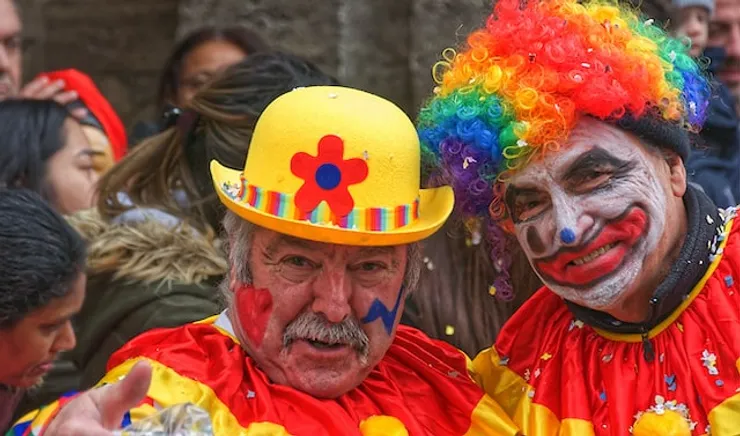


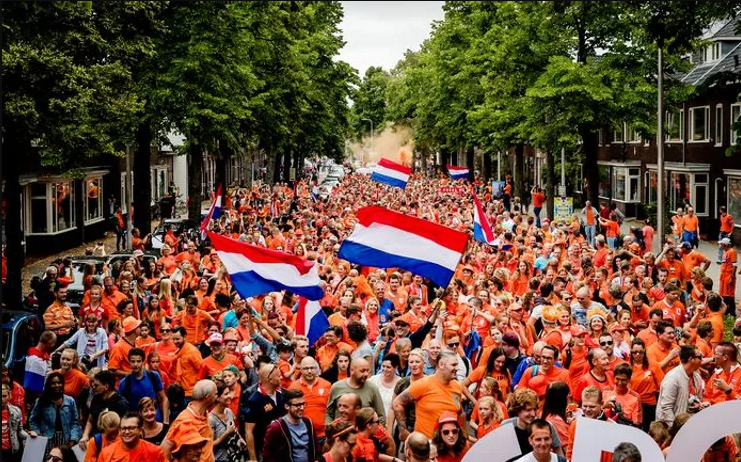
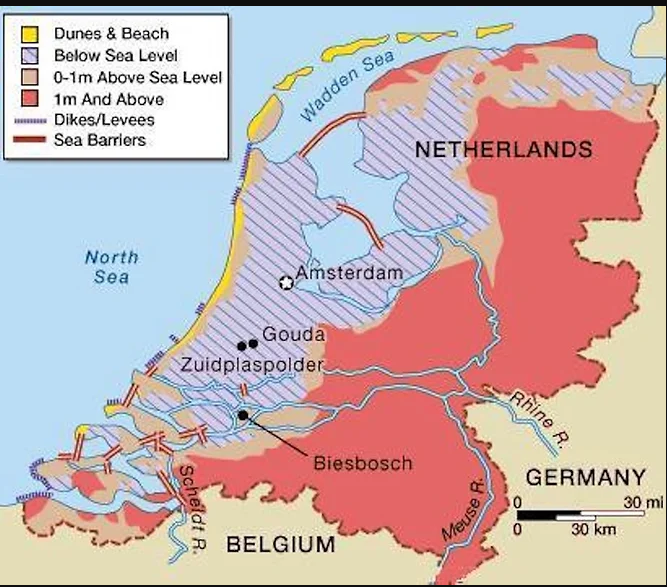
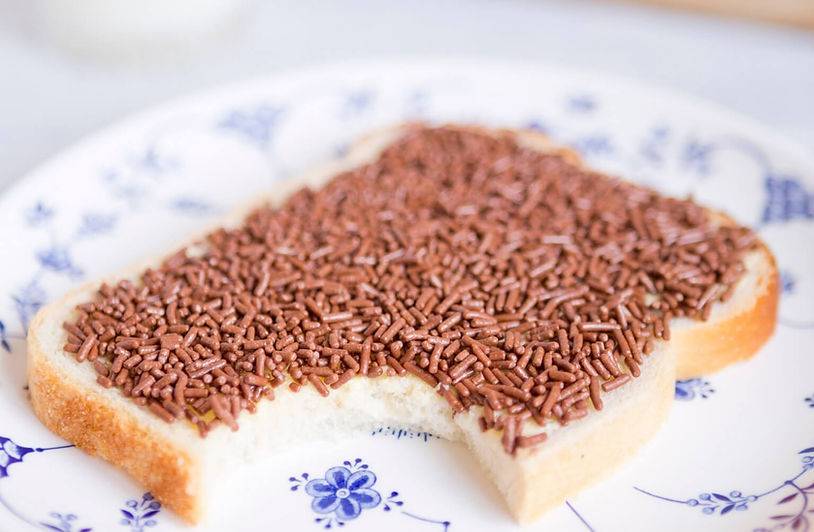
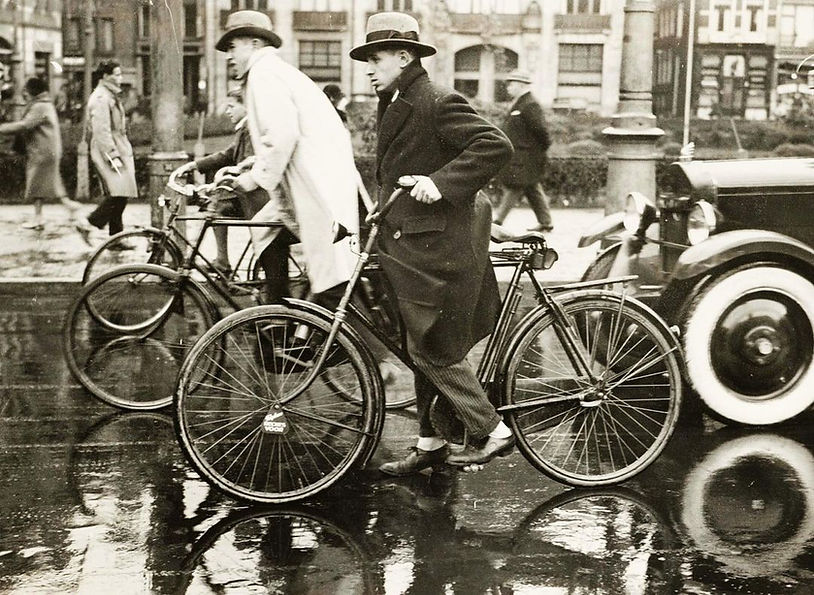
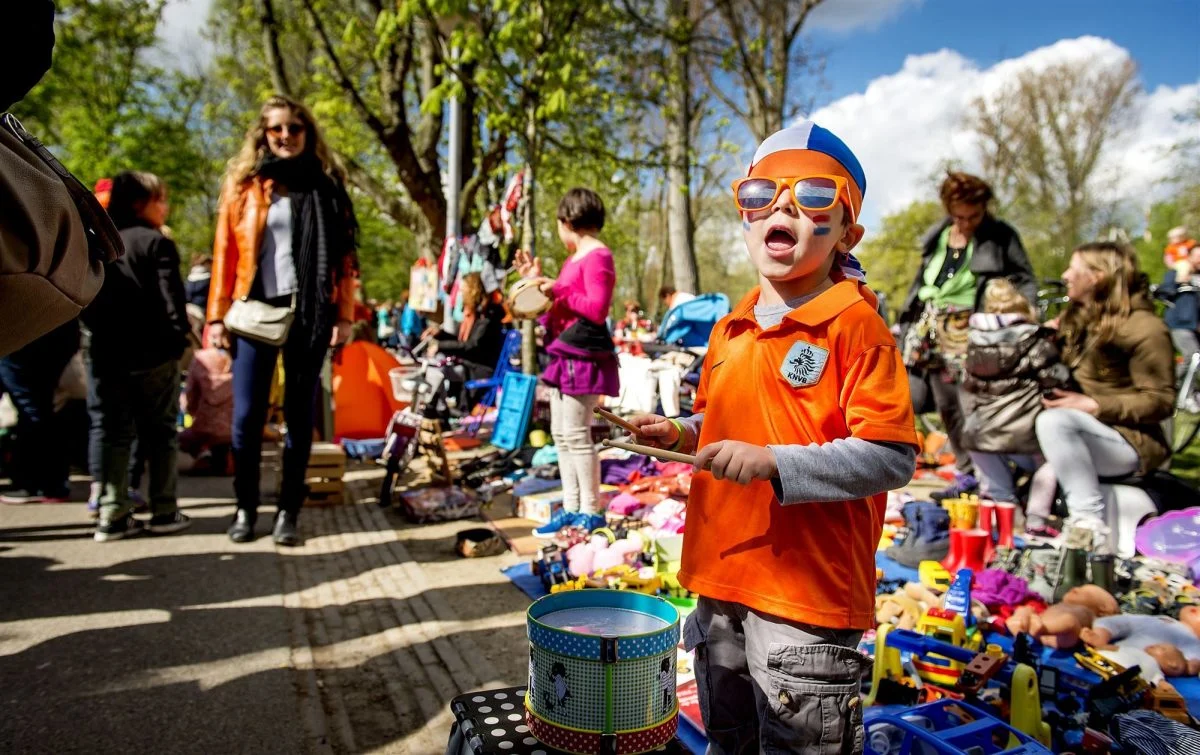
Leave a Reply